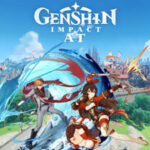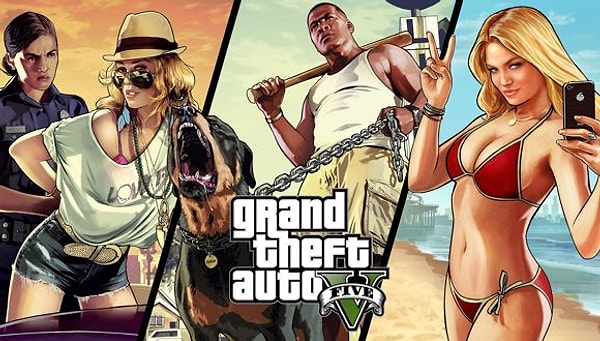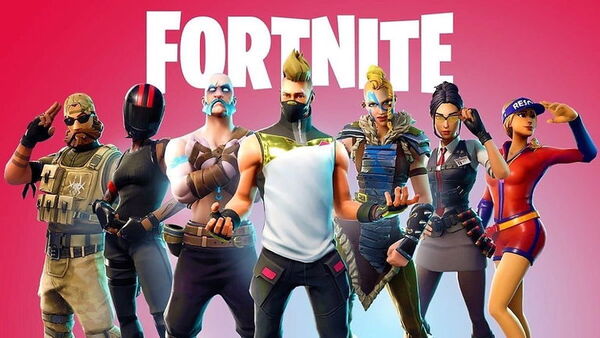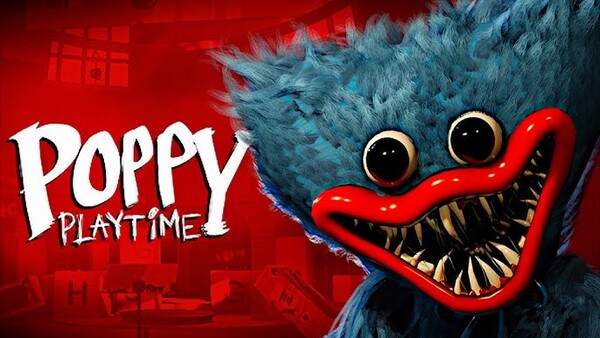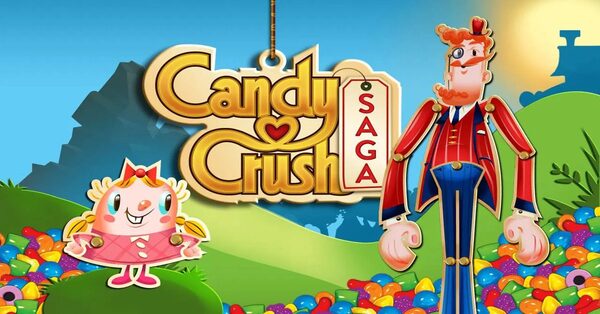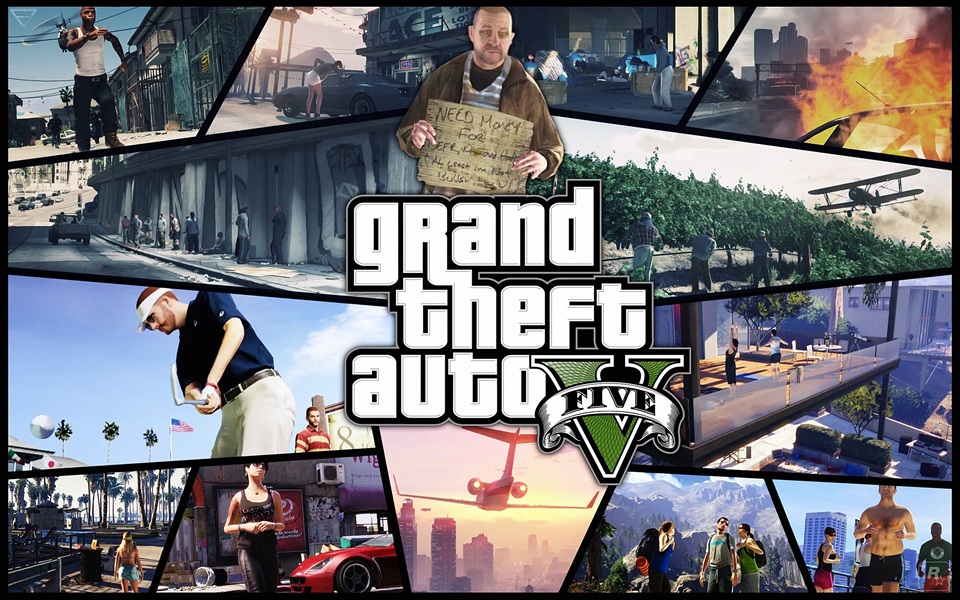From humble beginnings to becoming a cultural behemoth, Fortnite has defined an entire era of gaming. Developed by Epic Games, the title exploded in popularity thanks to its vibrant art style, fluid mechanics, and innovative seasonal updates. But beyond the headlines and viral dances lies a game that continues to evolve, offering something new with each chapter and challenging its players in fresh ways. This article offers a complete exploration of Fortnite, chapter by chapter, from its early foundation to its current state, with expert insight, detailed breakdowns, and player-focused analysis.
The Origins of Fortnite: From PvE to Battle Royale
When Fortnite was first introduced in 2017, it wasn’t even a battle royale game. Epic Games launched Fortnite: Save the World, a cooperative PvE experience where players fought off waves of zombie-like creatures called Husks. It combined crafting, base-building, and action shooting mechanics in a unique way.
However, inspired by the meteoric rise of PUBG, Epic quickly pivoted. By late 2017, they introduced Fortnite Battle Royale — a free-to-access multiplayer mode that took the world by storm. It borrowed the 100-player last-person-standing concept and married it to Fortnite’s signature construction system, colorful visuals, and fast-paced gameplay.
The Rise of Battle Royale and Cultural Impact
Within months, Fortnite Battle Royale surged in popularity. Its cross-platform accessibility (PC, console, mobile), zero cost to enter, and engaging mechanics made it a global sensation.
Key Cultural Moments
-
Ninja and Drake livestreaming together on Twitch
-
World Cup 2019 with Bugha taking home $3 million
-
In-game Travis Scott concert with over 27 million participants
-
Collaborations with Marvel, Star Wars, and more
These events cemented Fortnite as not just a game, but a social platform and cultural milestone.
Chapter 1: Establishing the Loop
Chapter 1 was all about defining the core gameplay loop: dropping from the Battle Bus, scavenging weapons, building for defense, and outlasting the competition. It introduced seasonal content that refreshed the island every few months.
Season Highlights
-
Season 3: Introduced John Wick-inspired “Reaper” skin and improved building.
-
Season 4: Superheroes and the first major map changes.
-
Season X: Ended with the black hole event — a bold move that shut down the game for two days.
This chapter laid the foundation for storytelling, limited-time events, and evolving gameplay.
Chapter 2: Reinventing the Island
Epic launched Chapter 2 with a completely new map and graphical overhaul. The update introduced fishing, swimming, and boats, giving the game a fresh sense of exploration.
Gameplay Enhancements
-
Introduction of bots for new players
-
Streamlined UI for casual accessibility
-
Expanding the lore with “The Seven” and IO
Notable Seasons:
-
Season 2: Introduced spy agencies and boss fights.
-
Season 4: Marvel-themed, complete with Galactus boss event.
Chapter 3: New Mechanics, New Meta
Chapter 3 launched with another island rotation and a big mechanical shift — the ability to slide, vault, and interact with the environment in more dynamic ways.
Physics and Combat Innovation
-
Unreal Engine 5 integration for smoother visuals
-
Spider-Man web-swinging mechanics
-
"No-Build" mode introduced, reshaping the skill gap
For many, Chapter 3 became a breath of fresh air, as the No-Build mode allowed FPS fans who disliked building to finally enjoy the game.
Chapter 4: Expanding the Universe
In Chapter 4, Epic continued expanding Fortnite’s universe through crossovers, lore development, and better creative tools.
Key Additions
-
Introduction of Creative 2.0 powered by Unreal Editor
-
Lore focuses on the Zero Point, multiverse threats, and time travel
-
In-game concerts, quests, and narrative-focused missions
Seasons became more cinematic, blending storytelling with live-action gameplay.
Creative Mode and UGC: Fortnite Beyond Battle Royale
Creative Mode changed everything. Players could build their own maps, minigames, and even virtual worlds. With Creative 2.0 (UEFN), Fortnite became a platform for creators, not just a competitive arena.
Pros of Creative Mode:
-
Monetization opportunities
-
Endless gameplay variety
-
Entry point for aspiring game developers
Fortnite transitioned from “just a game” to a metaverse-style sandbox for players and creators alike.
The Competitive Scene and Esports
Fortnite’s esports scene has seen ups and downs. From the massive World Cup in 2019 to rotating tournament formats, Epic has been experimental.
Ratings Breakdown
-
Skill Ceiling: ★★★★☆
-
Balancing: ★★★☆☆
-
Spectator Experience: ★★★★☆
Although Fortnite esports lacks the consistency of League of Legends or CS:GO, its events are unique and filled with high-stakes moments.
Crossovers, Collaborations, and Lore Depth
Fortnite has arguably the deepest IP collaboration library in gaming. From Goku and Darth Vader to Ariana Grande and Eminem, the game thrives on surprising mashups.
Top Collaborations:
-
Marvel Universe (Avengers, X-Men, etc.)
-
Naruto and Dragon Ball
-
Stranger Things and The Last of Us
Combined with its ongoing lore about the Zero Point and The Loop, Fortnite’s story has become an unexpectedly rich sci-fi narrative.
Rating Fortnite in Key Areas
| Category | Rating (Out of 5) |
|---|---|
| Gameplay Mechanics | ★★★★★ |
| Visual Design | ★★★★☆ |
| Accessibility | ★★★★☆ |
| Story Integration | ★★★☆☆ |
| Monetization Balance | ★★★☆☆ |
| Innovation Over Time | ★★★★★ |
| Community & Support | ★★★★☆ |
Overall, Fortnite scores high due to its polish, adaptability, and ongoing innovation — though it still battles monetization critiques and community skill gaps.
Conclusion: Why Fortnite Still Dominates in 2025
Fortnite isn’t just surviving — it’s thriving. With its rich blend of action, creativity, story, and collaboration, the game remains one of the most influential in the world. Whether you're a hardcore competitive player, a casual fan jumping in for quests, or a creative builder with dreams of publishing your own island, Fortnite offers a platform that grows with you.
As the game moves into future chapters, one thing is certain — Fortnite is more than a trend. It’s a living, evolving experience.


